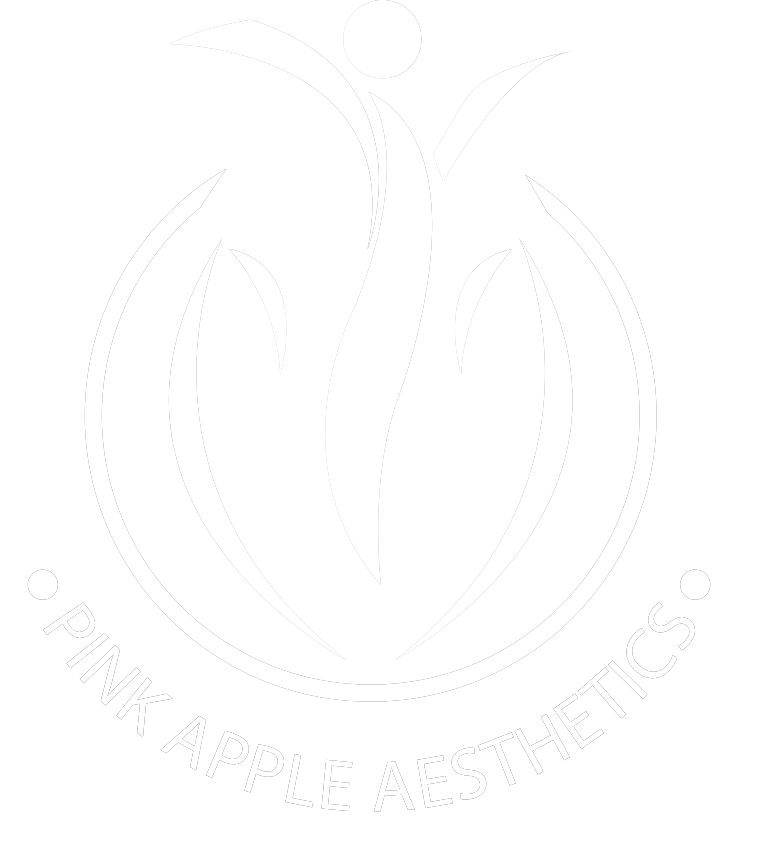Botox, the short form for Botulinum toxin, is produced from the bacteria Clostridium botulinum. Though a toxin, it can be used for cosmetic benefits, provided it is used in small doses. Most people resort to Botox treatments to defy the signs of ageing. It may be used to treat neck spasms, lazy eyes, overactive bladder and excessive sweating conditions as well. Botox is said to weaken or paralyse the muscles.

How does Botox work?
This neurotoxin targets the nervous system and hinders the nerve signalling system, which causes muscle contraction. This leads to paralysis of the muscles temporarily. Botox prevents the release of acetylcholine, which prevents the muscle from contracting. When the muscle becomes stiff, wrinkles fail to appear.
The main areas where Botox finds cosmetic use are:
⦁ Wrinkles between eyebrows
⦁ Wrinkles around eyes where crow’s feet develop
⦁ Creases on the forehead
⦁ Corner lines near the mouth
Medical uses of Botox
Used to treat the following conditions:
⦁ Upper limb spasticity in people older than two years
⦁ Crossed eyes in people older than 12 years
⦁ Extreme underarm sweating
⦁ Chronic migraine headaches that last more than 4 hours per day for an average of 15 days per month
⦁ Cervical dystonia
⦁ Eyelid spasms
⦁ Symptoms of the overactive bladder due to neuro conditions and where medicines fail to help
What to expect before and after the procedure?
⦁ Before the procedure, the area where Botox is applied will be numbed with topical anaesthesia or ice and vibration anaesthesia.
⦁ Botox is then injected into the skin and muscles using thin needles
⦁ After the procedure, the treated area should not be rubbed for at least 24 hours. Normal activities can be resumed soon after the procedure is over.
Risks associated with Botox
Only a trained and experienced medical professional are permitted to give Botox injections. The following side effects are the general risks associated with Botox injections.
⦁ Headache or signs of flu
⦁ Pain and swelling at the injection site
⦁ Drooling
⦁ Dryness of the eyes
⦁ Cock-eyed eyebrows
In extremely rare cases, if the toxin spreads to other parts of your body, you may notice the following.
⦁ Breathing issues
⦁ Losing bladder control
⦁ Vision problems
⦁ Muscle weakness
⦁ Trouble while speaking
Care should be taken not to use Botox while pregnant or while breastfeeding.
Post-care after Botox injection
Some aftercare tips post Botox injection are listed below.
Avoid alcohol
Alcohol increases the risk of bruising, so avoid alcohol consumption 24 hours before the procedure. The same applies after the procedure is completed.
Avoid any other skin treatment
Botox may take time to settle in your skin. You must avoid any facials, massage, scrubs, etc., immediately after the procedure. This can reduce the efficacy of the procedure.
Avoid touching the face
You may be advised not to touch the face for at least three days. This is done to prevent the toxin from spreading to other parts.
Avoid exposure to the sun
You should refrain to sun exposure for 24-48 hours post the procedure. Excessive exposure can lead to flushing, increasing blood pressure and leading to bruising in the treated areas.
Consult your medical practitioner immediately if you find any discomfort after the procedure.
For Enquiries and Online Appointments
For more detailed information about the Botox treatments for wrinkle-free skin, please send us a message today.

